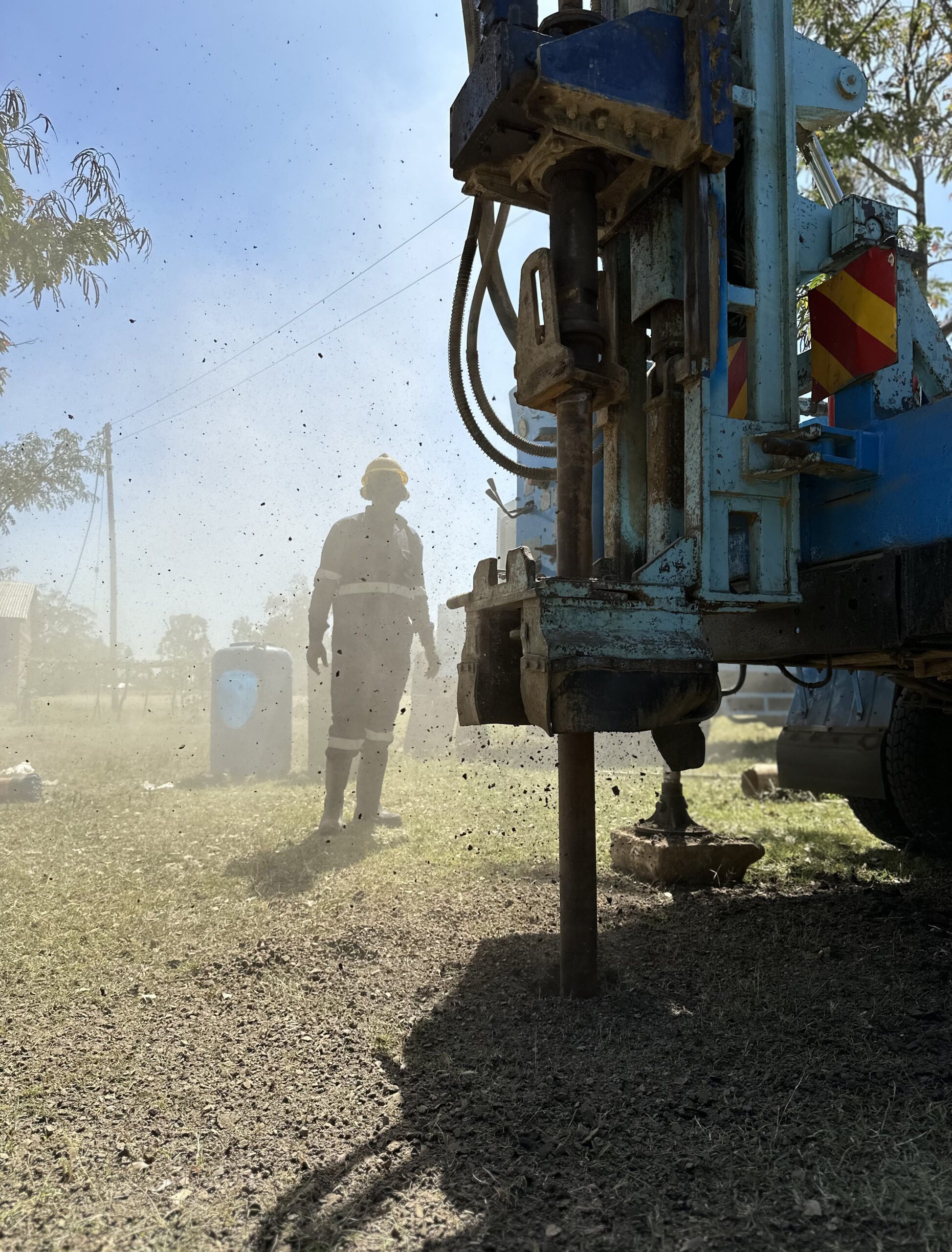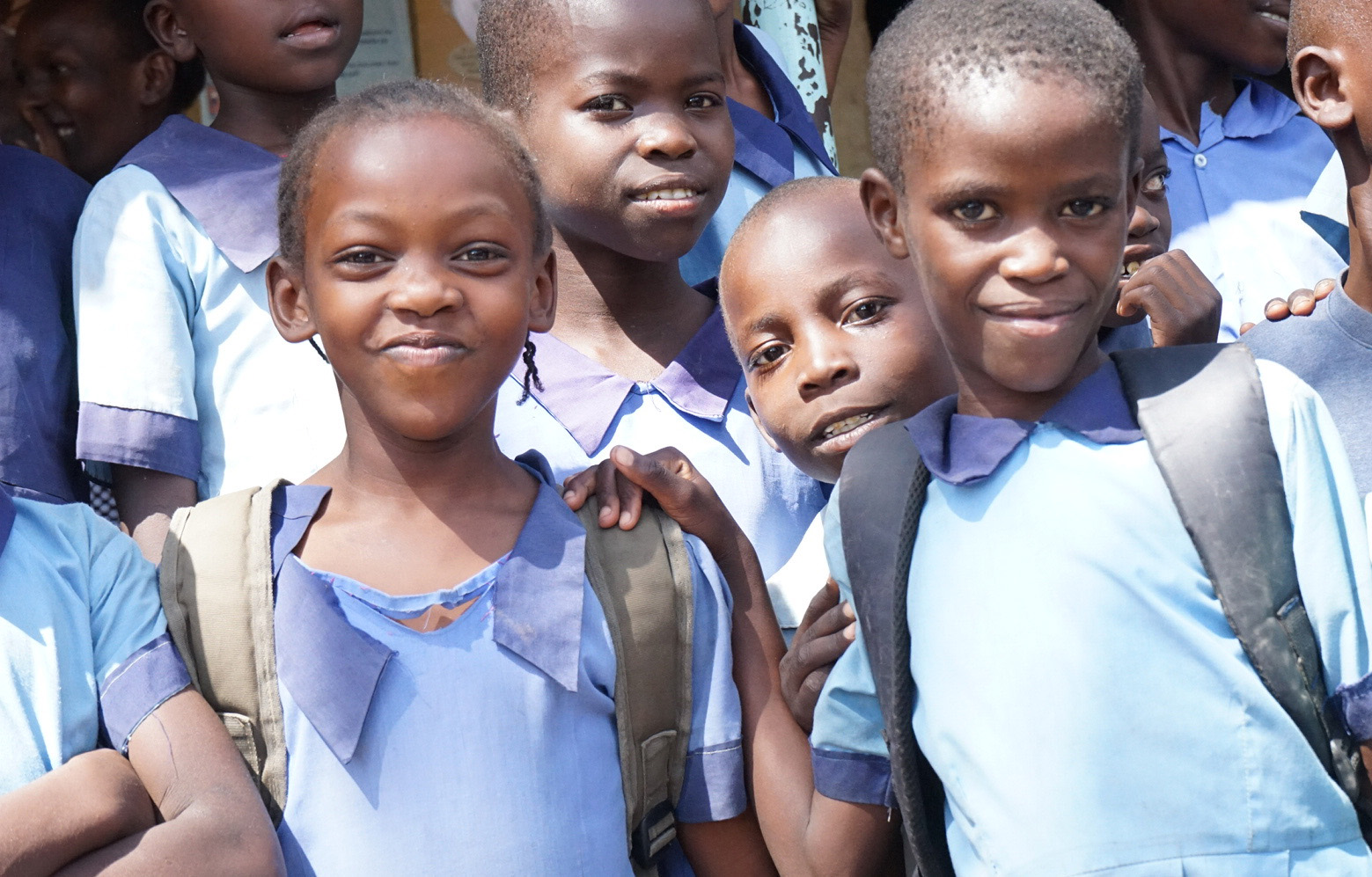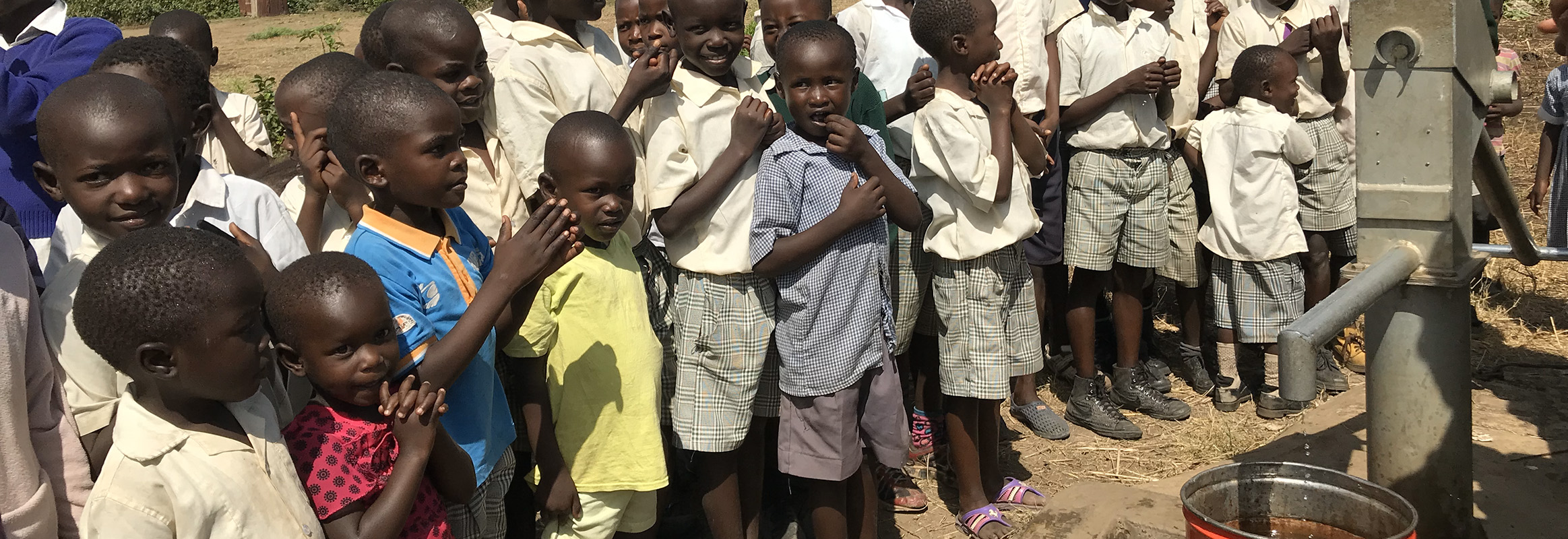DRILLING + REHABILITATING = IMPACT2
WellBoring installs and maintains deep groundwater wells and rehabilitates broken wells installed by others. WellBoring identifies “dry schools”, involves the communities, determines whether and where best to place the well, drills the borehole, fits the casing, and flushes the hole, tests the water, installs the pump, fits the casing, builds the plinth, and provides hygiene training. Everywhere WellBoring operates, water can be found in underground aquifers, in much of Kenya at a depth of 40-80 meters, and at variable depths elsewhere.
NEW SAFE WATER WELLS AT PRIMARY SCHOOLS
WellBoring’s water solutions are usually in rural primary schools, far from any water supply network. This approach is strategically sensible, as children are particularly affected by dirty water. Diarrhoeal diseases are among the leading causes of death in this context. With your support, we can directly and sustainably enhance health and education. Every participating school and community commits to the process by signing a School Partnership Agreement (SPA), contributing to the costs of installation and maintenance, and establishing a water management committee led by women. Our goal is to service every well every year.
Help us!




“We don’t know the precise number of non-functional water points and wells in Kenya. Researches reveals a significant outage in water infrastructure, with 25-30% of water facilities in Kenya becoming dysfunctional within three years of completion, and annually 30-40% of hand pumps in Sub-Saharan Africa failing to function.
What a waste. And … what a potential!”
REHABILITATING BROKEN SAFE WATER WELLS
Broken borewells are a common sight in sub-Saharan Africa. Initially we were reluctant to fix other people’s broken wells. Would we be treading on someone else’s turf, why had they let this happen, and would they be likely to let any rehabilitated well fall into disrepair? However, the lower cost of rehabilitating (from 1.400-3.000 € including training), and the wish to provide safe water to as many children and communities as possible, motivated us to start doing so, even tho’ we are adding to the maintenance burden.
WE GO BEYOND DRILLING
The water problem looks like it is a problem of resource, and it is in part, but it is also a problem of know-how. For this reason, we have started to make water films. We believe water education can help empower local leaders to take appropriate action, whether it is about installing a well or rehabilitating one.
Your donation helps to
change everything
- Diseases will be reduced
- Children learn safely and well
- Girls have opportunities
- Women are empowered
- Families are healthy and survive
- Reduced carbon emissions
- Hunger and poverty alleviated
Help us to solve the water problem. Be the change!

